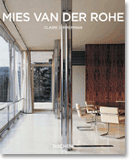Less is more: finding perfection in purity
Ludwig Mies van der Rohe (1886–1969) was one of the founding fathers of modern architecture. The creator of the Barcelona Pavilion (1929), the Farnsworth House in Plano, Illinois (1945–1951) and the Seagram Building in New York (1954–1958), Mies was one of the founders of a new architectural style. Well known for his motto “less is more,” he sought a kind of refined purity in architectural expression that was not seen in the reduced vocabulary of other Bauhaus members. His goal was not simply building for those of modest income but building economically in terms of sustainability, both in a technical and aesthetical way; the use of industrial materials such as steel and glass were the foundation of this approach. Though the extreme reduction of form and material in his work garnered some criticism, over the years many have tried—mostly unsuccessfully—to copy his original and elegant style.
This book explores more than 20 of his projects between 1906 and 1967, from his early work around Berlin to his most important American buildings.
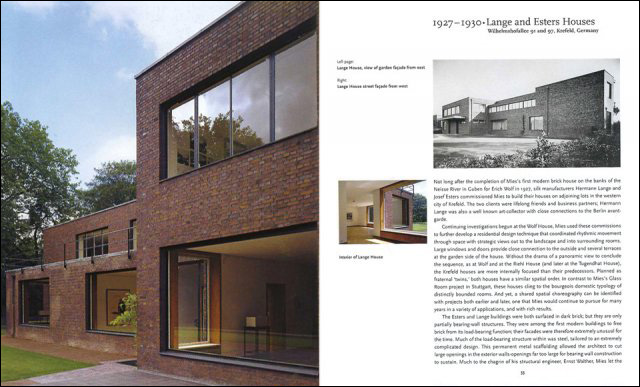
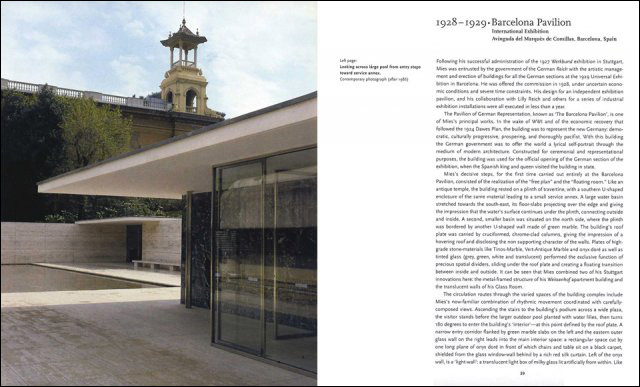
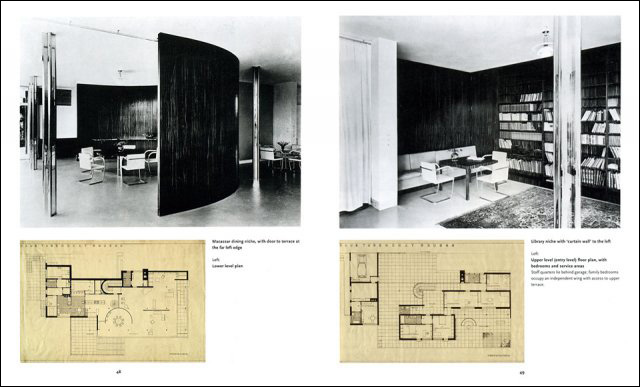
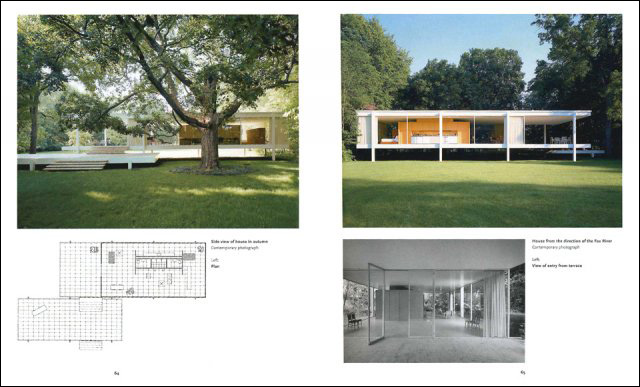
Every book in TASCHEN's Basic Architecture series features:
approximately 120 images, including photographs, sketches, drawings, and floor plans
introductory essays exploring the architect's life and work, touching on family and background as well as collaborations with other architects
the most important works presented in chronological order, with descriptions of client and/or architect wishes as well as construction problems and resolutions
an appendix including a list of complete or selected works, biography, bibliography and a map indicating the locations of the architect's most famous buildings
Ludwig Mies van der Rohe (1886–1969) was one of the founding fathers of modern architecture. The creator of the Barcelona Pavilion (1929), the Farnsworth House in Plano, Illinois (1945–1951) and the Seagram Building in New York (1954–1958), Mies was one of the founders of a new architectural style. Well known for his motto “less is more,” he sought a kind of refined purity in architectural expression that was not seen in the reduced vocabulary of other Bauhaus members. His goal was not simply building for those of modest income but building economically in terms of sustainability, both in a technical and aesthetical way; the use of industrial materials such as steel and glass were the foundation of this approach. Though the extreme reduction of form and material in his work garnered some criticism, over the years many have tried—mostly unsuccessfully—to copy his original and elegant style.
This book explores more than 20 of his projects between 1906 and 1967, from his early work around Berlin to his most important American buildings.




Every book in TASCHEN's Basic Architecture series features:
The author:
Claire Zimmerman worked on the 2001 Museum of Modern Art exhibition “Mies in Berlin.” In addition to authoring a number of essays for that exhibition’s catalog, she has published on Ludwig Mies van der Rohe and connections between modern architecture and new media practice. A doctoral candidate at the City University of New York Graduate Center, she holds a masters in architecture from Harvard University and a BA from the University of Pennsylvania. She has taught at Yale University, Barnard College, and Florida A&M University.
Claire Zimmerman worked on the 2001 Museum of Modern Art exhibition “Mies in Berlin.” In addition to authoring a number of essays for that exhibition’s catalog, she has published on Ludwig Mies van der Rohe and connections between modern architecture and new media practice. A doctoral candidate at the City University of New York Graduate Center, she holds a masters in architecture from Harvard University and a BA from the University of Pennsylvania. She has taught at Yale University, Barnard College, and Florida A&M University.





